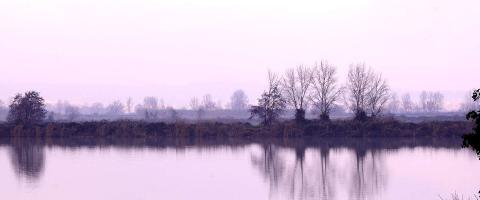100 farms of Roman archaeological parks are one of the most extensive and testify to the agricultural vocation of this alluvial plain dotted with important wetlands, and Bottacci Sibolla and drawn from the work of nineteenth-century reclamation.
The river Serchio approaches to the city of Lucca, without touching her, enclosed in massive levees on which you can comfortably walk in any season.
An extensive network of cycle paths follow the trend of ancient canals and along the banks of the canal Rogio and the arches of the aqueduct of the nineteenth century Stands which still supplies the city with excellent light waters of the Monti Pisani among gardens, fields and small rural courts while the via Francigena runs straight instead of the Holy Face of Lucca and Altopascio, medieval hospital for pilgrims and home of good Tuscan bread.
The long rows of white poplars lining the fields from which vegetables, hunchbacks, baskets tomatoes, onions and legumes Lucca. The loose soil is well suited to the cultivation of beans in fact, a dozen different varieties, the pride of local cuisine and traditional cultivation, an essential ingredient of the famous Tuscan soups and original dishes, from cannellini bean mousse with red bean pods of Lucca, the salads matte, savory and shellfish that sum up the flavors of the whole territory.

